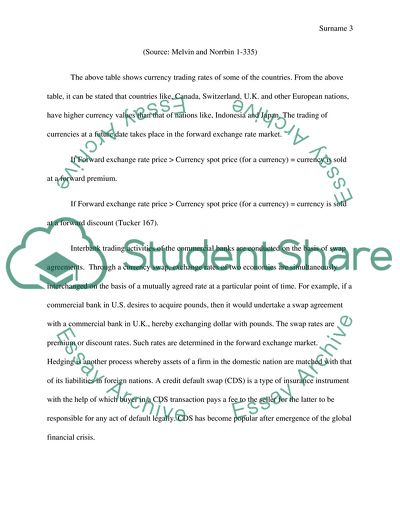Cite this document
(Summary of International Parity Conditions Essay, n.d.)
Summary of International Parity Conditions Essay. https://studentshare.org/macro-microeconomics/1817535-summary-of-international-parity-conditions
Summary of International Parity Conditions Essay. https://studentshare.org/macro-microeconomics/1817535-summary-of-international-parity-conditions
(Summary of International Parity Conditions Essay)
Summary of International Parity Conditions Essay. https://studentshare.org/macro-microeconomics/1817535-summary-of-international-parity-conditions.
Summary of International Parity Conditions Essay. https://studentshare.org/macro-microeconomics/1817535-summary-of-international-parity-conditions.
“Summary of International Parity Conditions Essay”. https://studentshare.org/macro-microeconomics/1817535-summary-of-international-parity-conditions.


